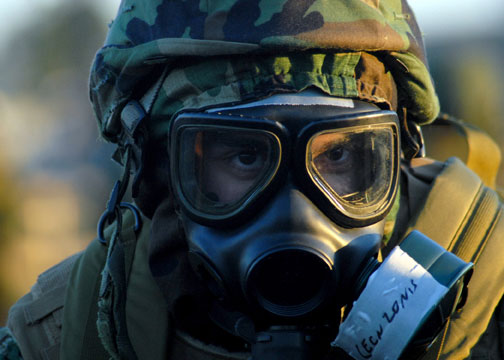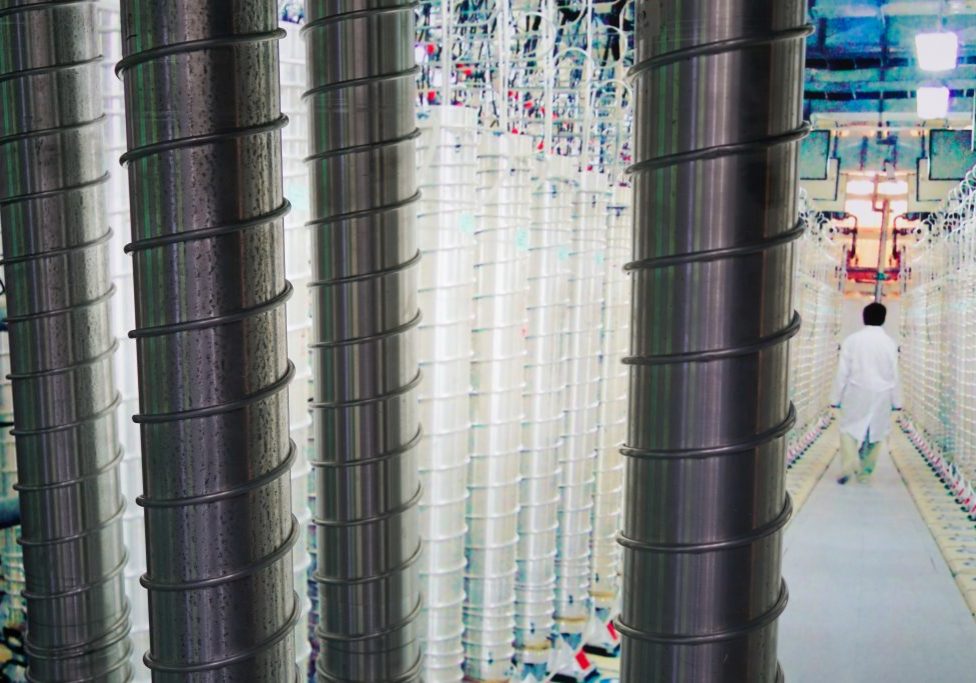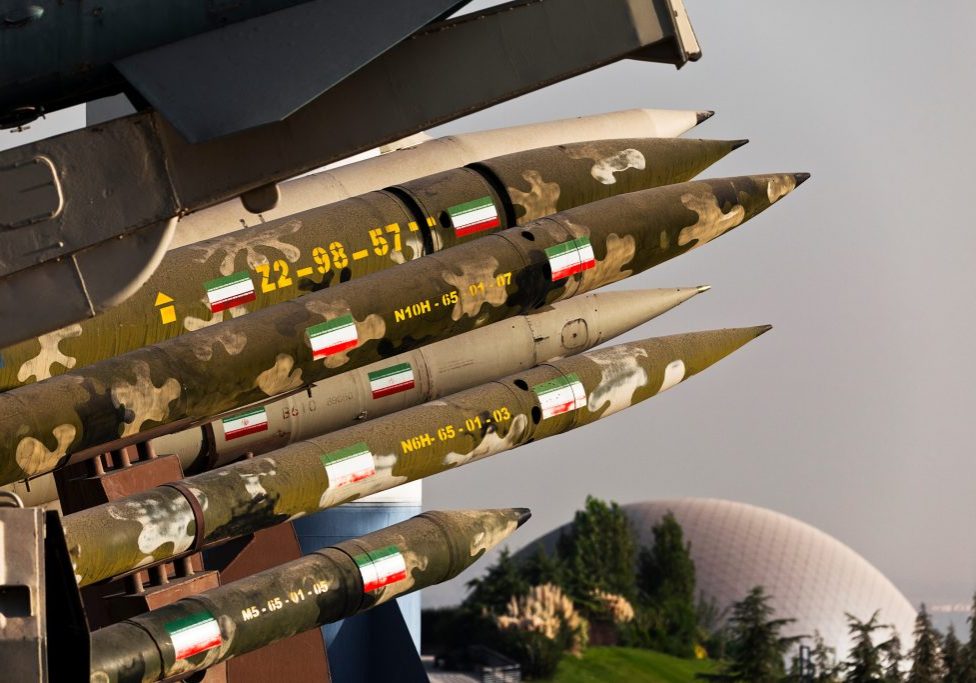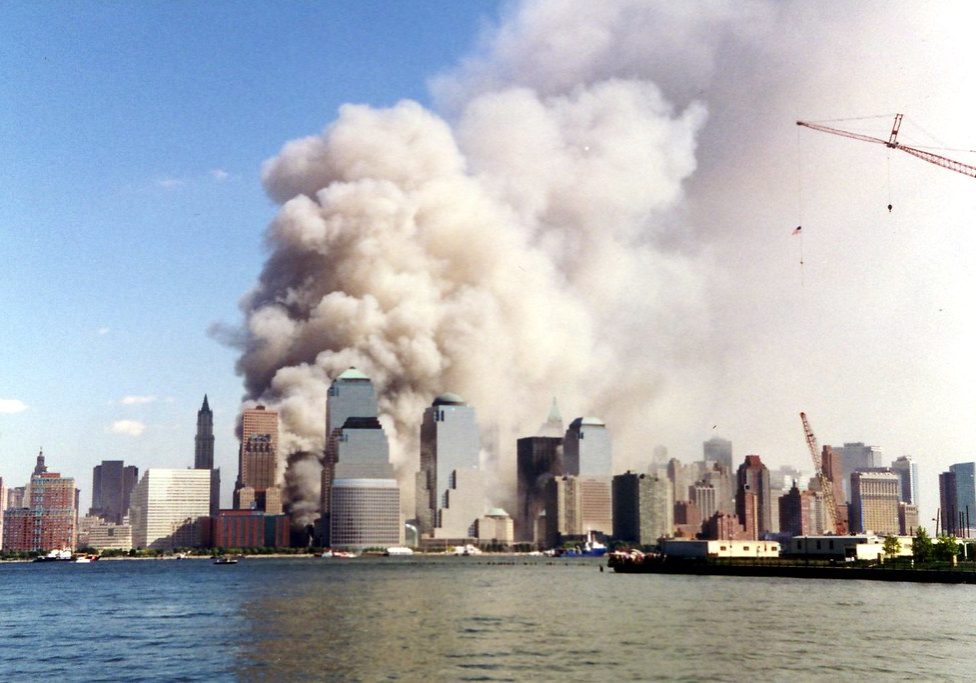Australia/Israel Review
Radioactive Terrorism – the next big threat?
Sep 6, 2016 | Michael Eisenstadt and Omar Mukhlis

Michael Eisenstadt and Omar Mukhlis
Concerns about nonconventional terrorism at the Rio Summer Olympics, and reports that persons involved in the November 2015 Islamic State (IS) attack in Paris had conducted video surveillance of a scientist employed at the Belgian Nuclear Research Centre, have revived fears that terrorist groups may be interested in building a “dirty bomb” using radioactive materials – also referred to as a radiological weapon or an explosive radiological dispersal device (RDD).
Explosive RDDs are the type of radiological weapon most frequently mentioned in the media. They rely on an explosive charge to disperse radioactive materials to contaminate personnel and facilities in the vicinity of the blast and downwind, to disrupt lives and livelihoods, and to instil fear. Conversely, non-explosive RDDs could involve the contamination of food, water or air with radioactive material (for instance, via a building’s ventilation system). This piece focuses on the threat posed by explosive RDDs.
BACKGROUND
Terrorists have long demonstrated an interest in radiological weapons. In 1995, Chechen separatists contacted a Russian TV station and threatened to set off an RDD using cesium-137 that had been buried in a Moscow park; a cache of radioactive material was subsequently recovered. Three years later, Chechen security forces recovered an RDD adjacent to a rail line near the capital, Grozny. And in 1999, one person was killed and another hospitalised with radiation sickness after trying to steal a container of radioactive material from an industrial facility in Grozny.
Al-Qaeda has likewise shown an interest in radiological – as well as chemical, biological, and nuclear – weapons. In 2002, an American convert to Islam, Jose Padilla, was arrested for plotting to build a radiological weapon after returning from an al-Qaeda training camp in Pakistan. In 2003, coalition forces in Afghanistan recovered plans for a dirty bomb; captured al-Qaeda operative Abu Zubaydah reportedly told his interrogators that al-Qaeda had actually built such a device, though none has ever been found. British al-Qaeda affiliate Dhiren Barot – also a convert to Islam – reportedly planned to build an RDD, among the various other plots for which he was arrested in Britain in 2004. And al-Qaeda nonconventional weapons specialist Midhat Mursi al-Sayyed Umar is reported to have tinkered with an RDD concept prior to his 2008 death in a drone strike in Pakistan.
IS may also be interested in building an RDD, though evidence for this is largely circumstantial. Like al-Qaeda and al-Qaeda in Iraq before it, IS has shown an interest in nonconventional weapons, and used chemical weapons in combat in Syria and Iraq. So, when IS overran Mosul University in June 2014 and reportedly gained access to 40 kg of nuclear materials in the school’s laboratories, concerns were raised that these materials might be used in an RDD. The discovery of the previously mentioned surveillance tape after the November 2015 Paris bombings seemed to confirm these fears that IS may be interested in building a dirty bomb. Why this possible interest in radiological terrorism?
MOTIVATIONS
Terrorists seek to terrorise, which is why RDDs may be so appealing to them. The use of radioactive isotopes in medicine, agriculture, and industry is fairly widespread, and annual incidents of theft or loss worldwide reported to the International Atomic Energy Agency number in the scores. (The actual number may be higher, though many of these involve radioisotopes that are not well suited for RDDs.) The anxieties engendered by an act of radiological terrorism may be long-lasting, given that its adverse medical effects may not become evident for decades. The sensational treatment of radiological weapons by the media, rooted partly in a tendency to confuse them with nuclear weapons, may further magnify these fears. And consequence management – i.e., casualty care and decontamination – would almost certainly be complex, protracted and costly, and could exacerbate the problems created by an RDD if not done right. In this sense, RDDs are truly “weapons of mass disruption.”
Yet, from the perspective of a terrorist, RDDs have numerous downsides. Some radioisotopes can injure or kill if not handled properly and thus self-protect against theft or diversion. Building an effective dispersal device is not a simple matter, given that explosive RDDs have never been used and, correspondingly, no prior operational experience exists to draw on. Accordingly, the effectiveness of an RDD would be subject to numerous uncertainties. By contrast, the materials needed for conventional explosive devices are easily available, the know-how is widespread, their effects are relatively consistent and predictable. Still, terrorist groups like IS will continue to be tempted to build an RDD to make headlines, impose costs, and terrorise more effectively than is possible with conventional explosive devices.
WEAPONS EFFECTS
Most casualties produced by an explosive RDD would probably result from the blast and fragmentation effects created by the explosive charge, though a small number of individuals might suffer adverse long-term medical effects (e.g., cancer or genetic damage) caused by radioactive debris and dust that had lodged in their bodies or been inhaled or ingested. Long-term effects, however, will depend in part on the degree of radioactivity and the half-life of the radioisotope used. Some, such as cobalt-60, cesium-137, iridium-192, and americium-241, are considered better candidates for RDDs than others.
There would likely be little physical damage in the vicinity of the RDD other than that caused by the explosive charge, though ground and structural contamination could be widespread and would require residents and businesses to relocate for a prolonged period during cleanup. The extent of the contaminated area would depend on the efficiency of the bomb design, the size of the plume created, wind and weather conditions during and shortly after detonation, and the impact of urban topography on wind currents.
The most significant long-term effects of a dirty bomb could be psychological. Radiation is invisible, and many people nearby will fear the effects of exposure to radiation. Large numbers of unaffected individuals will seek medical treatment, overwhelming the medical system and reducing the quality of care received by those who really need it. And many more will worry that they will suffer adverse long-term effects due to possible exposure to radiation, whether or not they received a sufficient dose to cause concern.
CONSEQUENCE MANAGEMENT AND CLEANUP
One of the major challenges faced by first responders to an attack would be containing its impact to the blast site and the downwind hazard area, given that most people will flee the area before it can be determined that a radiological attack occurred. Those affected would need to be identified and undergo decontamination – the sooner the better to minimise exposure to radiation – by disrobing and showering. Contaminated clothing would need to be disposed of properly, as might wastewater. Belated or improper containment, casualty care, or decontamination efforts could result in the spread of radioactivity far beyond the site of the attack, thus magnifying its effects.
Among the cleanup challenges are the decontamination of streets and buildings, to include the demolition of structures that could not be decontaminated in a cost-effective manner. Thus, cleanup could be very expensive and involve potentially astronomical insurance claims. The financial costs associated with even a limited attack could be substantial, whereas an RDD attack on Wall Street in lower Manhattan could shut down the area for some time, with significant impacts on financial markets and the world economy.
If authorities fail to successfully contain the consequences of a radiological attack, or make decisions regarding “acceptable” levels of decontamination that fall short of public expectations, they will risk a public backlash. In light of past cases in which government performance did not meet public expectations, such as Hurricane Katrina (2005) and the Flint, Michigan, water-quality scandal (2014), the public may not accept authorities’ assurances that an area has been rendered safe for habitation or business. This will create a golden opportunity for groups such as IS to engage in propaganda that further undermines public confidence in government.
CONCLUSIONS
The possibility that IS or another group could employ an RDD in a US city is a threat that must be taken seriously, even if terrorists face long odds in acquiring radioactive material, or building an efficient device due to a lack of prior experience. Indeed, even an attack that fails to effectively disseminate radioactive material over a large area could have a dramatic economic or psychological impact.
Moreover, despite US government progress since 9/11 in securing radiological sources and strengthening capabilities to respond to radiological terrorism, it is not clear that first responders and emergency services can ever be ready enough, considering the inherent challenges in containing the spread of radioactive debris.
The possibility of radiological terrorism overseas is higher, despite progress by many countries in securing radiological and nuclear materials. Given IS’s access and reach, for instance, a crude RDD attack in Syria, Iraq, or even Europe is not implausible. Such an event has the potential to cause much disruption and fear.
Sowing fear and panic are among the most important reasons terrorists might launch such an attack. To this end, governments should educate the public about how to respond to radiological terrorism, in order to demystify RDDs and allay the public’s fears.
Michael Eisenstadt is the Kahn Fellow and director of the Military and Security Studies Program at The Washington Institute. Omar Mukhlis is an Institute research assistant. © Washington Institute, reprinted by permission, all rights reserved.
Tags: International Security






